
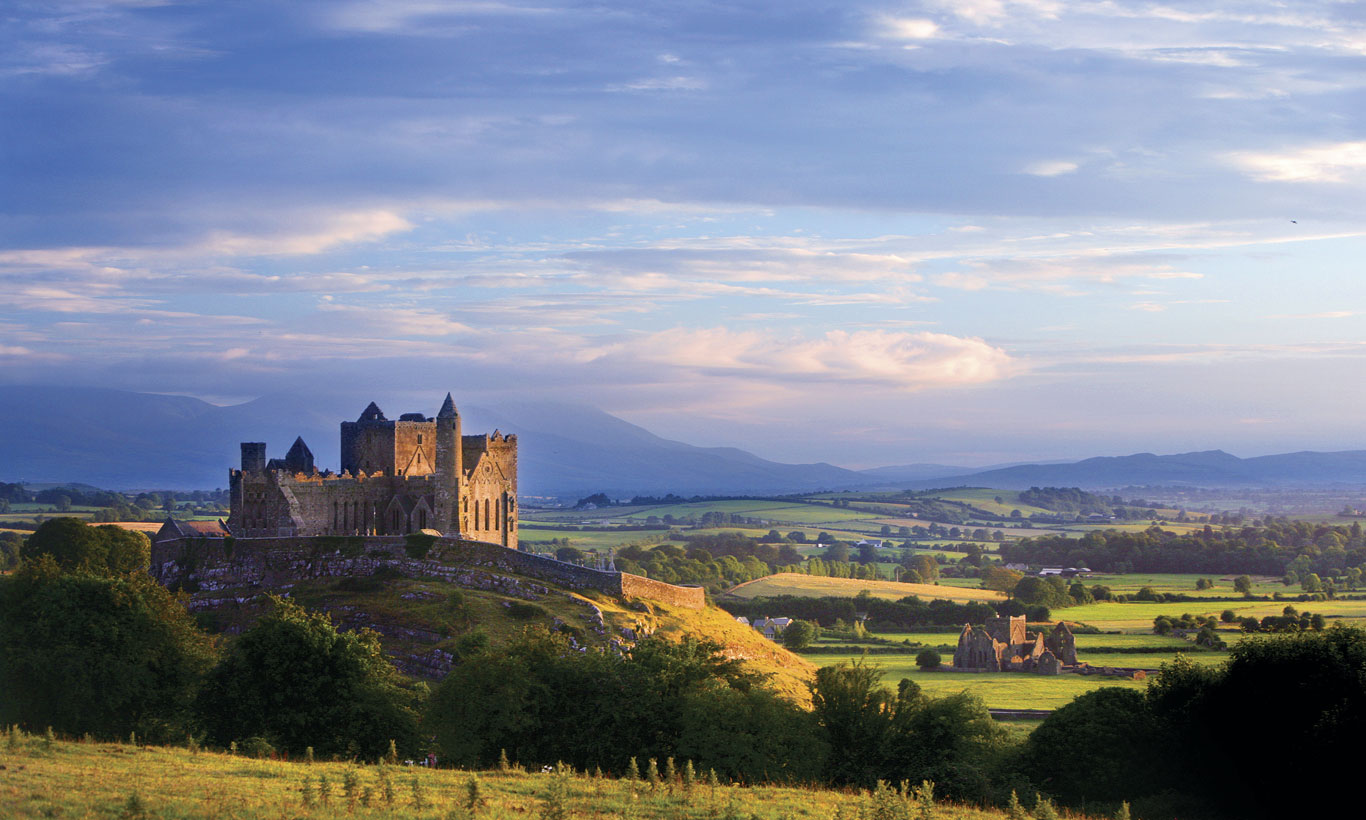
9 weetjes over St. Patrick

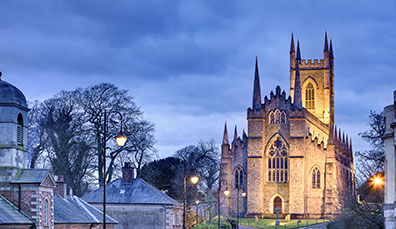
Waarom 17 maart?
Het is de sterfdag van de heilige. Patrick overleed in 461 in Saul in county Down. Nadat hij in de omgeving was aangekomen, aan de monding van de rivier de Slaney, stichtte hij op deze plek zijn eerste kerk in een kleine en eenvoudige schuur. Hij ligt begraven op het terrein van de Down Cathedral in Downpatrick. Een gedenksteen van graniet uit de lokale Mourne Mountains markeert zijn graf. Als je St. Patrick’s Day viert volgens de originele betekenis, is het een traditionele dag voor spirituele vernieuwing.

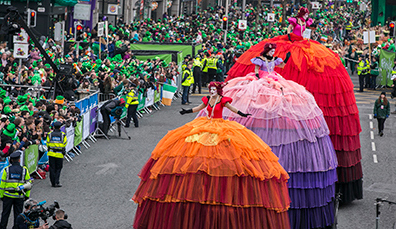
Wanneer was de eerste optocht?
Opvallend is dat de eerste optocht voor St. Patrick's Day in 1737 niet in Ierland werd gehouden, maar in Boston in de Verenigde Staten. Dit werd in 1766 gevolgd door een 'officiële' optocht in New York. Ierland volgde pas later: in 1903 hielden wij onze eerste optocht. Dat was in Waterford, en Dublin begon vanaf 1931 mee te doen. De optocht in Dublin is een enorme, kleurrijke en theaterachtige gebeurtenis die met levendige wagens en internationale bands door het historische centrum slingert.

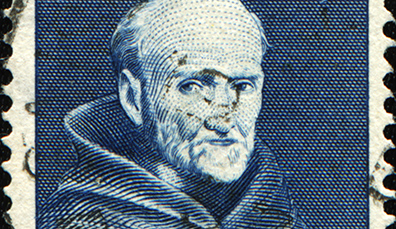
Wie heeft St. Patrick’s Day bedacht?
Proost op Luke Wadding, een Ierse franciscaan uit Waterford die zich onvermoeid heeft ingezet om van 17 maart een feestdag te maken. Wadding werd geboren in 1588 en overleed in Rome in 1657, waar zijn overblijfselen liggen begraven in het door hem gestichte Sant'Isidoro a Capo le Case. Als je de National Gallery of Ireland bezoekt, kun je een portret van de monnik bekijken, geschilderd door Carlo Maratta. In de stad Waterford wordt hij herdacht met een standbeeld bij de French Church (Greyfriars).

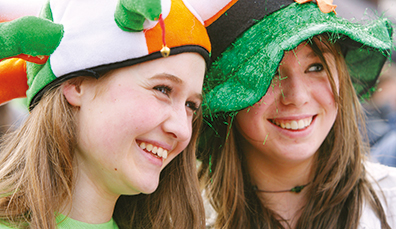
Zijn er bijzondere optochten?
Kort, lang, grappig of serieus: in Ierland vind je allerlei soorten optochten voor St. Patrick’s Day. De grootste is in Dublin en met een start om 6.00 uur 's morgens is die in Dingle in county Kerry de vroegste. Er is in Armagh een festival dat een week duurt en in Belfast een carnavaleske optocht met concert. De kortste optocht ter wereld vond altijd plaats in Dripsey in county Cork en ging van de ene pub naar de andere. Die optocht is er helaas niet meer, maar je kunt nog wel genieten van de jaarlijkse Dripsey Vintage Tractor en Car Run.

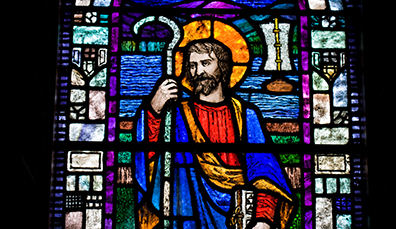
Was St. Patrick een Ier?
Nee, hij werd niet in Ierland geboren. Waarschijnlijk kwam St. Patrick oorspronkelijk uit Wales of Schotland, waar hij op 16-jarige leeftijd ontvoerd werd en als slaaf mee werd genomen naar Noord-Ierland. Hier werd hij naar de Slemish Mountain in county Antrim gestuurd om schapen te hoeden. Maar tijdens zijn ontsnapping kreeg hij een visioen en keerde hij terug naar Ierland om het christendom te verspreiden. Hier bleef hij voor de rest van zijn leven. Tot zijn dood in 461 predikte hij, doopte hij en bouwde hij kerken in county Down.

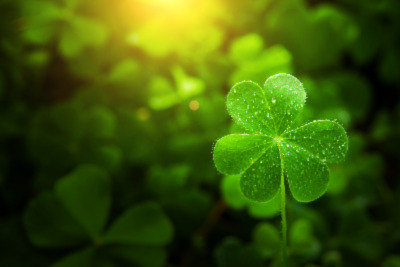
Waarom vieren we met klavertjes?
Naar verluidt gebruikte St. Patrick na zijn terugkomst naar Ierland altijd een klavertje om de heidense Ieren over de heilige drie-eenheid te leren. Toen hij het christendom verder verspreidde, gebruikte Patrick de drie bladeren van het klavertje om het concept van de vader, de zoon en de heilige geest uit te leggen en sindsdien is dit kleine plantje voorgoed verbonden aan de heilige Patrick. Rond St. Patrick's Day zie je ze overal, zelfs in het Witte Huis, waar we elk jaar een schaal klavertjes presenteren aan de Amerikaanse President.

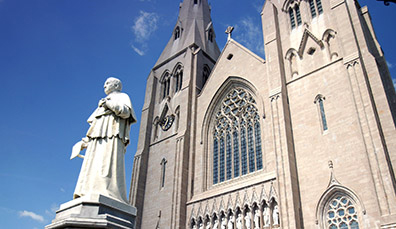
Waar ging hij heen in Ierland?
Overal in Ierland zijn plaatsen die in verband worden gebracht met St. Patrick: een bewijs van hoe ver deze 5e-eeuwse heilige reisde. De Rock of Cashel in county Tipperary en Croagh Patrick in county Mayo behoren tot de beroemdste, maar er zijn er meer. Volg de St. Patrick’s Trail in Noord-Ierland en bezoek de twee indrukwekkende kathedralen van Armagh, die zijn gewijd aan de heilige, maar ook de Saul Church en het St. Patrick Centre in county Down.

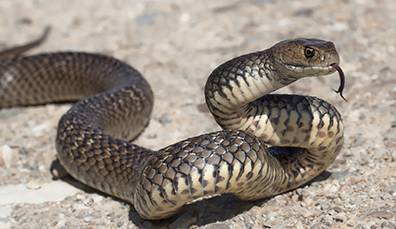
Heeft St. Patrick echt slangen verdreven?
Volgens de overlevering zijn er geen slangen in Ierland dankzij onze patroonheilige. Hij zou ze de zee in hebben gejaagd. Dat is een goed verhaal, maar de meeste wetenschappers geloven dat er in Ierland nooit slangen hebben geleefd. Wil je meer ontdekken over de natuurgeschiedenis van het eiland Ierland? Bezoek het prachtige Ulster Museum in Belfast om meer te weten te komen over het verleden van ons eiland in een gebouw omgeven door de prachtige Botanische Tuinen.


Waarom dragen mensen groen?
Groen is de kleur die bij St. Patrick’s Day hoort. Op 17 maart dragen mensen van Ierse afkomst over de hele wereld een groen kledingstuk. Maar het dragen van groen werd pas in de 19e eeuw een traditie. Tot die tijd was blauw de kleur die bij St. Patrick hoorde. Maar nu zijn het dus alle tinten groen die de hoofdrol spelen. Als je in Ierland bent op of rond 17 maart, dan mag die kleur niet ontbreken in je garderobe.
















































